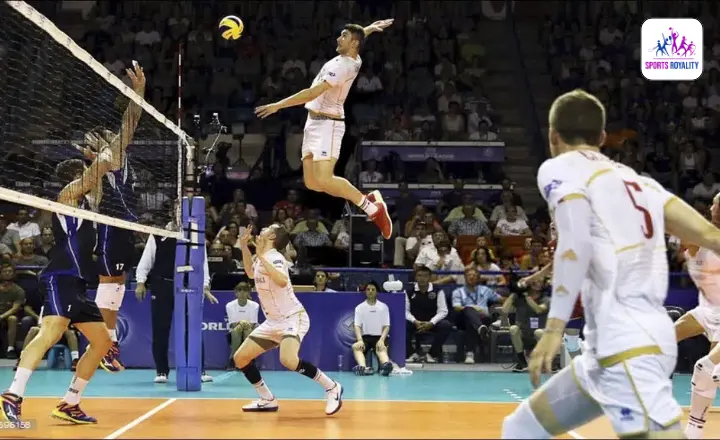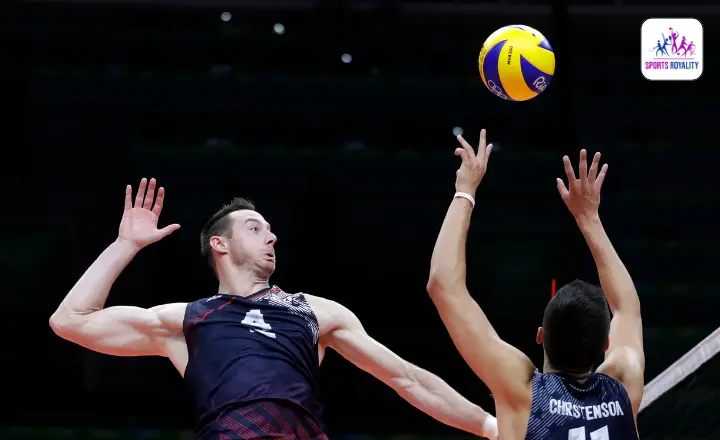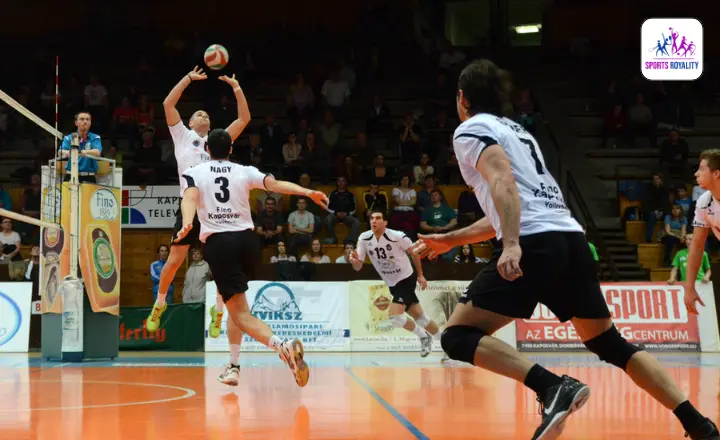Are you new to the world of volleyball and feeling overwhelmed by the complexity of rotations and positions on the court? This simple guide is here to demystify the intricacies of volleyball strategy and help you confidently navigate the game.
Whether you’re a beginner looking to understand the basics or a seasoned player seeking to deepen your knowledge, this article will provide a comprehensive overview of volleyball rotations and positions, leaving you feeling like a pro on the court.
Volleyball Rotations and Positions
They are crucial for maintaining a balanced and effective team dynamic on the court. As the game progresses, players rotate through six positions, each with specific responsibilities and opportunities to contribute to their team’s success.
From utilizing strategic positioning to maximizing offensive potential, every player must be proficient in each rotation position to ensure seamless transitions and optimal performance.
Understanding the unique demands of each volleyball rotation position can lead to more cohesive teamwork and enhanced gameplay. The setter plays a pivotal role in orchestrating the offence by creating scoring opportunities for their hitters and providing defensive support when needed.
Getting Called “Out of Rotation”
It can be a frustrating experience, but it’s essential to view it as an opportunity for growth rather than a setback. Instead of dwelling on the mistake, take the chance to refocus and support your team from the sidelines.
Use this time to observe the game from a different perspective and strategize how you can contribute when you return to play. Embracing this temporary setback positively can showcase your resilience and determination to teammates and coaches.
Being called out of rotation doesn’t define your skill or value as a player. Using this moment as motivation to improve and refine your skills during practice sessions is crucial.
Work on perfecting your technique, increasing your agility, or enhancing your court awareness, all valuable aspects that can elevate your game once you’re back in action.
Specialized Positions in Volleyball
Specialized positions in volleyball are essential for a cohesive and successful team. Each position requires specific skills and techniques, from the explosive power of outside hitters to the strategic precision of setters.

You must be quick and agile to excel at defense while possessing top-notch ball control to initiate efficient plays. Their ability to anticipate opponents’ moves and create opportunities for their team sets them apart as one of the most specialized positions on the court.
Libero
The libero position in volleyball is often a game-changer, with its specialized defensive skills and invaluable contributions to the team. The libero, distinguishable by their unique jersey color, is tasked with quick reflexes, precise ball control, and exceptional court coverage.
This player is pivotal in controlling the game’s tempo, as they excel at digging difficult shots and facilitating seamless transitions from defense to attack.
The libero’s role extends beyond mere defensive prowess; they also play a crucial part in shaping the team’s morale and attitude on the court. With their relentless work ethic and unwavering determination, liberos set a high standard for dedication and tenacity within the team.
Their ability to inspire teammates through actions rather than words makes them invaluable assets to any successful volleyball squad.
Left-side or Power Hitter
The left-side hitter position in volleyball is a critical role that demands explosiveness, agility, and precise timing. Known as the power hitter, this player is responsible for delivering powerful attacks from the left side of the net, often facing rigid blocks from the opposing team’s middle blocker and outside hitter.

What sets these players apart is their ability to blast the ball with speed and accuracy and their adaptability in adjusting to various blocking strategies and defensive formations.
One key aspect of being a successful left-side hitter is reading the opposing team’s defense and adjusting one’s hitting approach accordingly. This entails recognizing block setups and understanding defensive positioning to exploit gaps or weaknesses in the opponent’s formation.
Middle Hitter
The middle hitter position in volleyball is often considered one of the court’s most dynamic and exciting roles. With athleticism, timing, and agility, middle hitters play a crucial role in offensive and defensive strategies.
They are responsible for quick plays at the net, jumping to block the opposition’s attacks, and connecting with setters to execute powerful kills of defensive specialists.
A successful middle hitter reads the opposing team’s defense and exploits weaknesses. This requires not only physical prowess but also strategic thinking to outsmart the opponents.
Right-side Hitter
The right-side hitter position in volleyball often flies under the radar, but its importance cannot be overstated. While the outside hitter may steal the spotlight with powerful spikes, the right-side hitter plays a crucial role in offense and defense.
With the ability to score from various positions on the court, a skilled right-side hitter can keep opponents guessing and create valuable scoring opportunities for their team. This demands excellent hitting ability, solid defensive skills, and court awareness.
A top-tier right-side hitter must be versatile and adaptable, capable of transitioning seamlessly between attacking at the net and defending balls coming from the opponent’s strong hitters.
The Switch of Volleyball Positions
Whether moving a setter to play defense or having a middle blocker take on the role of an outside hitter, these switches can catch opponents off guard and create unexpected opportunities for scoring.

The flexibility and adaptability of players to switch positions seamlessly is a testament to their skill and understanding of the game. Switching positions also allows players to develop new skills and gain valuable experience in different game areas.
It requires mental agility and quick decision-making, as players must adjust their approach and mindset to execute their new role on the court effectively.
Conclusion
Understanding volleyball rotations and positions is essential for players to coordinate their court movements effectively. By grasping the specific responsibilities of each position and how they rotate, players can improve their game strategy and maximize their team’s performance.
Knowledge of rotations allows coaches to optimize player placement and substitutions for a competitive edge. With a thorough understanding of volleyball rotations, players can work together seamlessly to cover the court and execute plays precisely.

